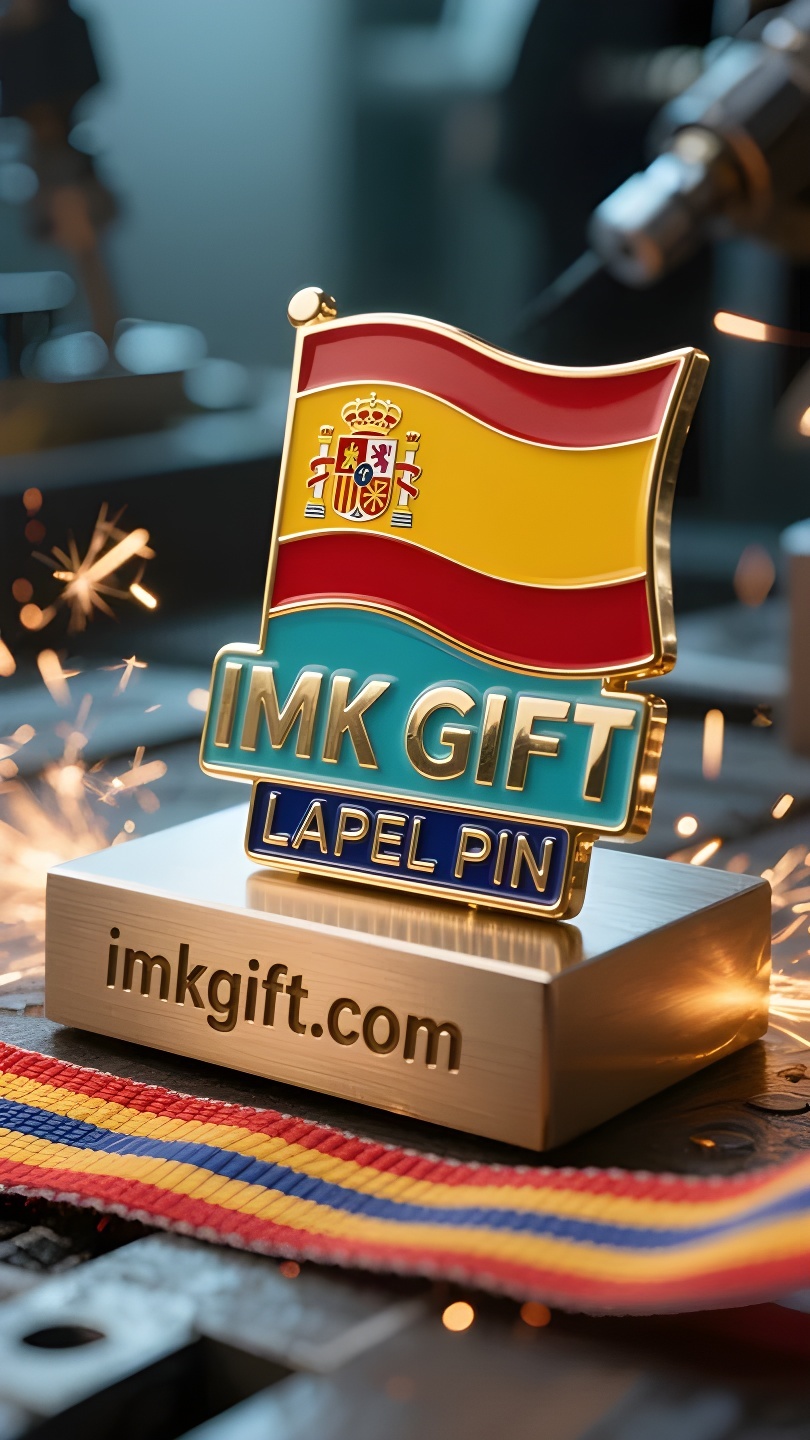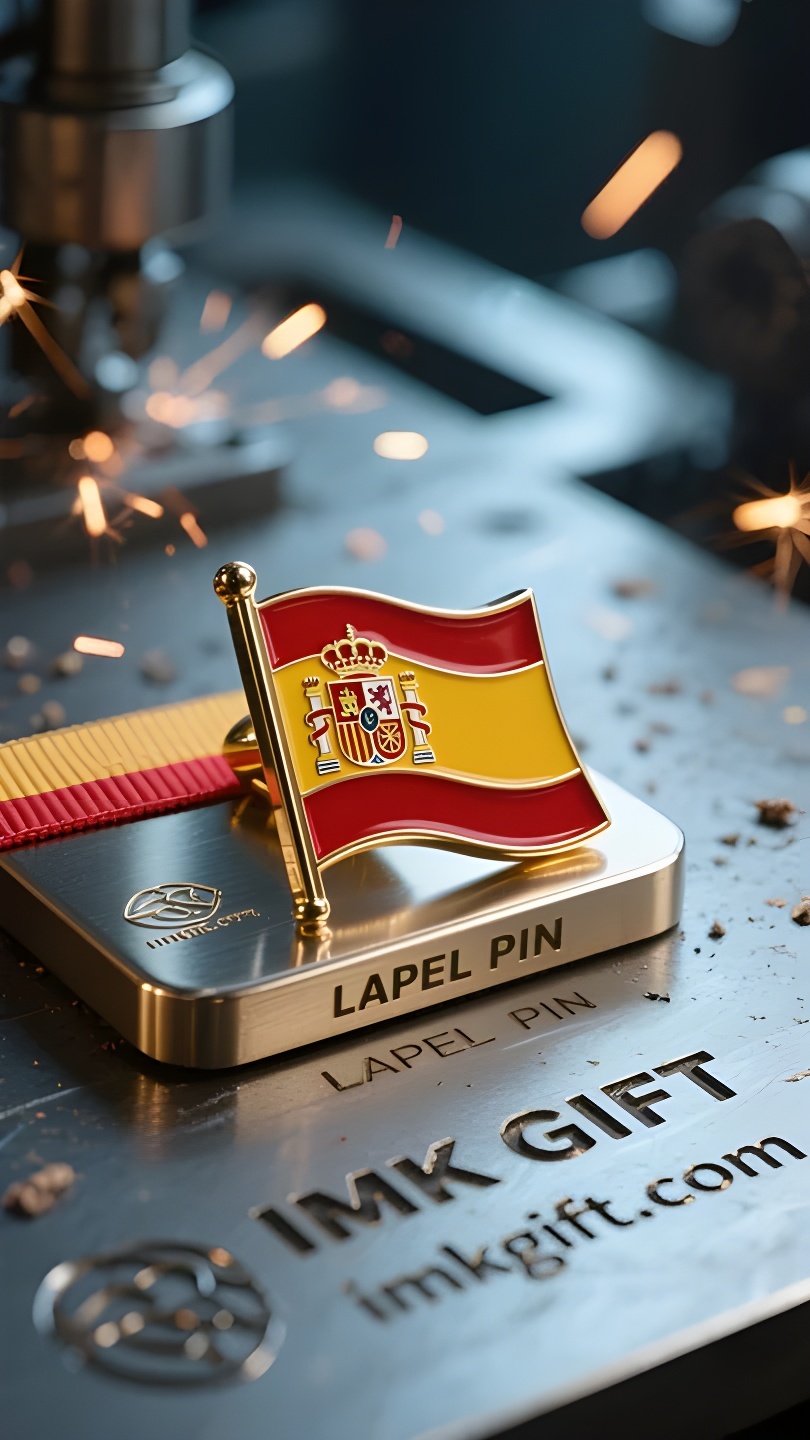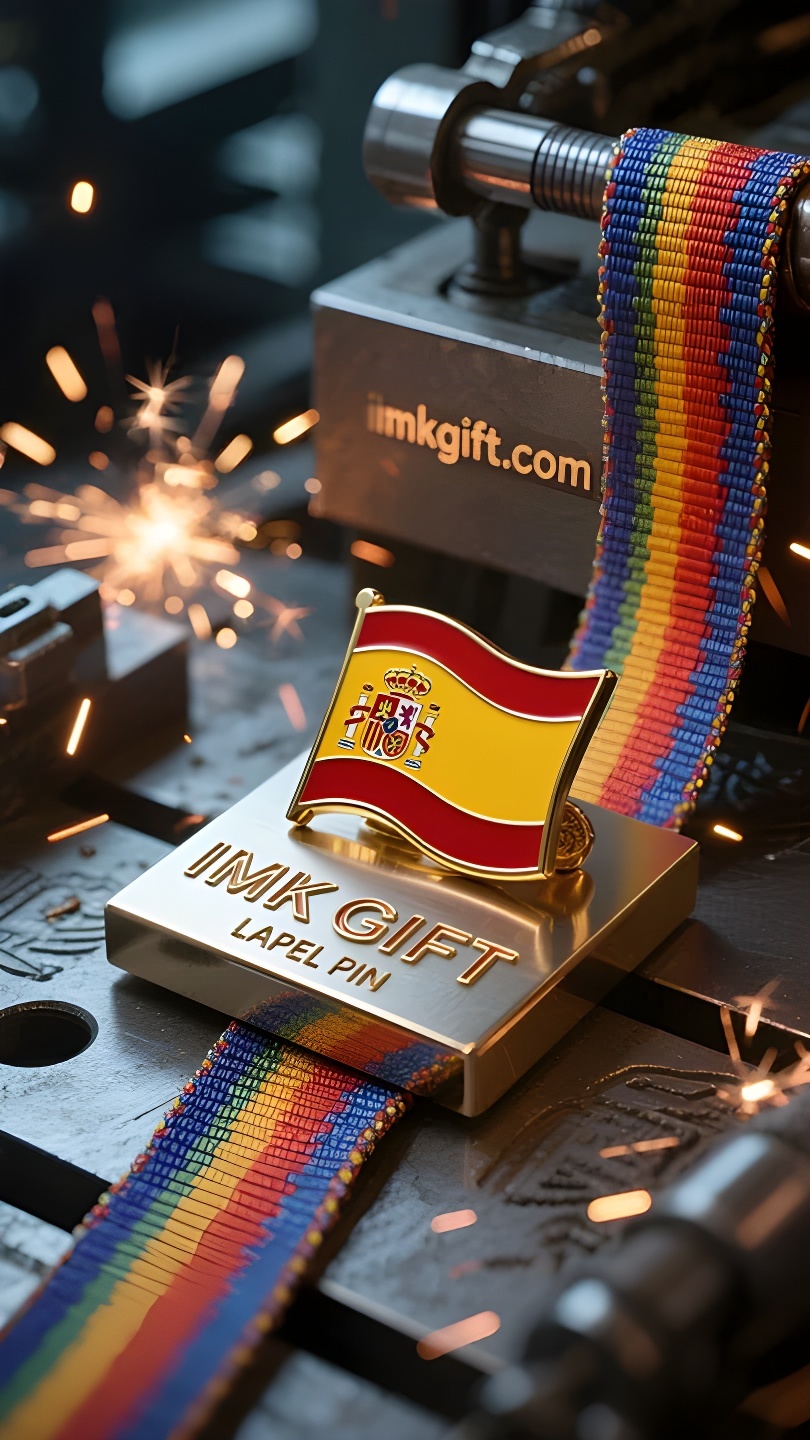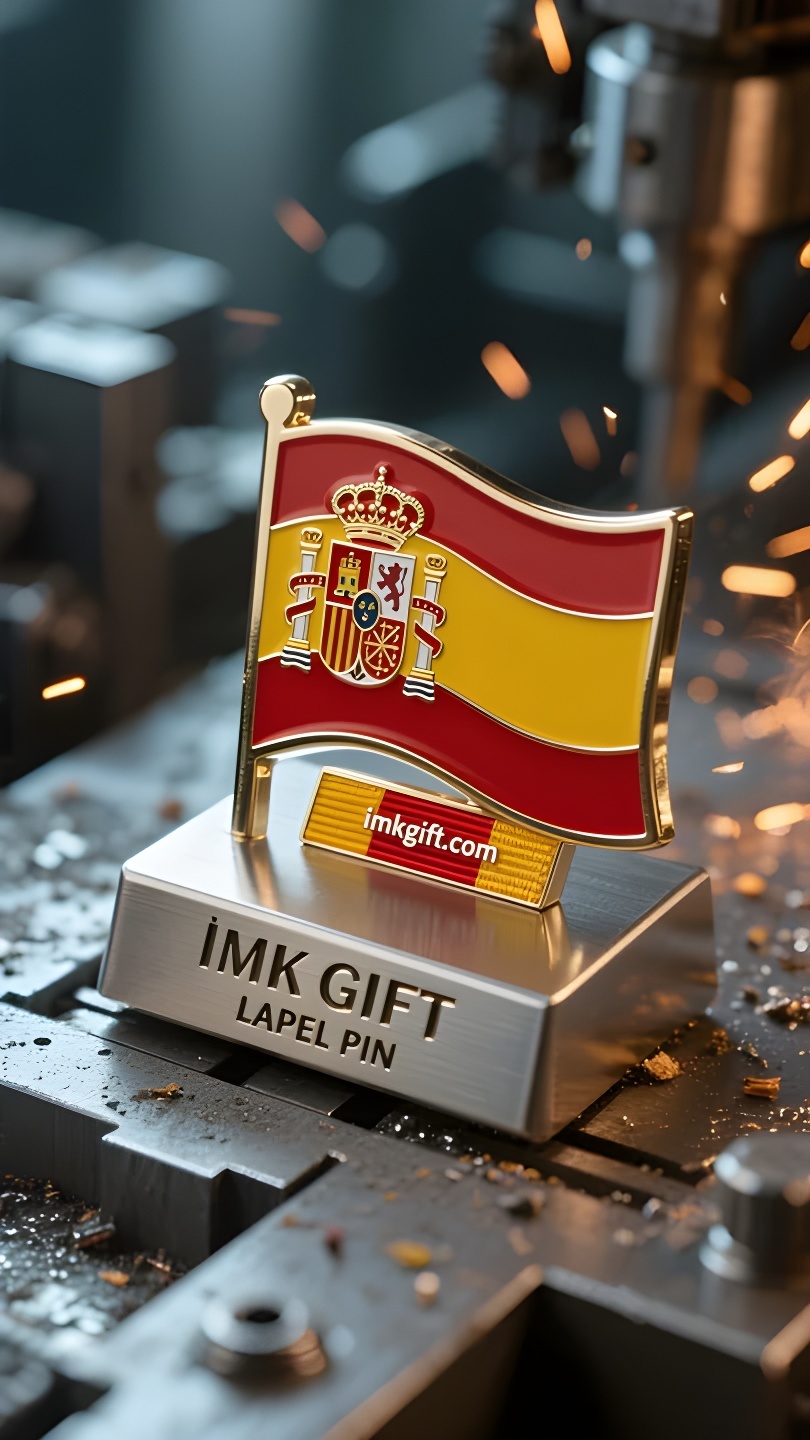in999-El-peso-del-pisapapeles-Las-montañas-y-los-ríos-son-para-siempre
▼
Cada 12 de octubre, la bandera nacional rojiamarilla se iza en las calles de España para celebrar el Día Nacional. Este trozo de tela, tejido con sangre y oro, representa la valentía del viaje de Colón y la epopeya del ascenso y la caída del imperio. El pisapapeles con el emblema nacional, situado frente al escritorio del rey, con una actitud más solemne, evoca silenciosamente el eterno espíritu nacional. En el escudo, en el centro del emblema nacional español, el Castillo de Castilla y el León de León, las franjas rojas y amarillas de Aragón y las cadenas de Navarra se superponen y coexisten, simbolizando la integración de diferentes reinos históricos. El pisapapeles consolida esta pesadez multiunificada en una sola entidad: así como los españoles utilizaron el Movimiento de Restauración de 800 años para poner fin a la división y la Constitución para resolver conflictos regionales, cada crisis se ha convertido en un crisol para templar la unidad. La corona imperial en la parte superior y las columnas de Hércules a izquierda y derecha son metáforas de la determinación de proteger el territorio, como un pisapapeles que aplaca la agitación, para que los ideales plasmados en él no sean arrastrados por el viento de la realidad. La España de hoy aún mantiene el equilibrio entre tradición y modernidad como un pisapapeles. Las ondulantes faldas rojas de las bailaoras de flamenco y las curvas de los edificios de Gaudí se entrelazan con una vitalidad única bajo el Toisón de Oro del emblema nacional. Cuando las voces de la independencia catalana resurge, la gente no ve grietas, sino marcas más profundas en el diseño del pisapapeles: esas antiguas murallas que sobrevivieron a la guerra y esos desconocidos que sacrificaron sus vidas por la democracia han grabado desde hace mucho tiempo la palabra “perseverancia” en el gen nacional. Este pisapapeles de bronce no pesa más de un kilo y medio, pero lleva el peso de las estrellas y el mar durante quinientos años. Recuerda a todos los españoles: la verdadera gloria no reside en el territorio conquistado, sino en la fe protegida.
Every October 12, the red and yellow national flag is raised in the streets of Spain to celebrate the “National Day”. This piece of fabric woven with blood and gold carries the courage of Columbus’s voyage and the epic of the rise and fall of the empire. The national emblem paperweight standing in front of the king’s desk, with a more solemn attitude, silently tells the eternal national spirit. On the shield in the center of the Spanish national emblem, the Castilla Castle and the Lion of Leon, the red and yellow stripes of Aragon and the chains of Navarre overlap and coexist, symbolizing the integration of different historical kingdoms. The paperweight solidifies this multi-unified heaviness into an entity – just as the Spaniards used the 800-year Restoration Movement to end the division and the constitution to resolve regional conflicts, every crisis has become a melting pot for tempering unity. The imperial crown on the top and the Hercules columns on the left and right are metaphors for the determination to protect the territory, just like a paperweight suppressing turmoil, so that the ideals on the paper will not be blown away by the wind of reality. Today’s Spain still holds up the balance between tradition and modernity like a paperweight. The swirling red skirts of flamenco dancers and the curves of Gaudi’s buildings interweave a unique vitality under the Golden Fleece Medal of the national emblem. When the voices of Catalan independence rise again, people see not cracks, but tighter bite marks on the paperweight pattern – those ancient city walls that have survived the war and those unknown people who sacrificed their lives for democracy have long engraved the word “perseverance” into the national gene. This bronze paperweight weighs no more than three pounds, but it carries the weight of the stars and the sea for five hundred years. It reminds every Spaniard: the real glory lies not in the territory conquered, but in the faith protected.
每年的10月12日,西班牙大街小巷都会扬起红黄相间的国旗,庆祝”国庆日”。这片由鲜血与黄金织就的织物,承载着哥伦布远航的勇气与帝国兴衰的史诗,而立于国王办公桌前的国徽镇纸,则以更凝重的姿态,默默诉说着永恒的国家精神。
西班牙国徽中央的盾牌上,卡斯蒂利亚城堡与莱昂雄狮、阿拉贡红黄条纹与纳瓦拉锁链交叠共生,象征不同历史王国的融合。镇纸将这份多元统一的厚重凝固成实体——正如西班牙人用八百年光复运动终结分裂,用宪法化解地域矛盾,每一次危机都成为淬炼团结的熔炉。顶端的帝国皇冠与左右海格力斯双柱,则暗喻守护疆土的决心,恰似镇纸压住动荡,令纸张上的理想不被现实的风吹散。
如今的西班牙,依然如镇纸般托举着传统与现代的平衡。弗拉门戈舞者旋转的红裙与高迪建筑的曲线,在国徽的金羊毛勋章下交织出独特生命力。当加泰罗尼亚独立声浪再起,人们看见的不是裂痕,而是镇纸纹路上更紧密的咬合印记——那些历经战火仍完好的古城墙,那些为民主献出生命的无名者,早已将”坚守”二字刻进民族基因。
这方寸之间的青铜镇纸,重不过三磅,却压着五百年星辰大海的重量。它提醒着每个西班牙人:真正的荣耀不在征服的版图,而在守护的信念。
▼
Contact Us
📞 Tel: +0086-760-85286839
📧 Email: sales3@imkgift.com








